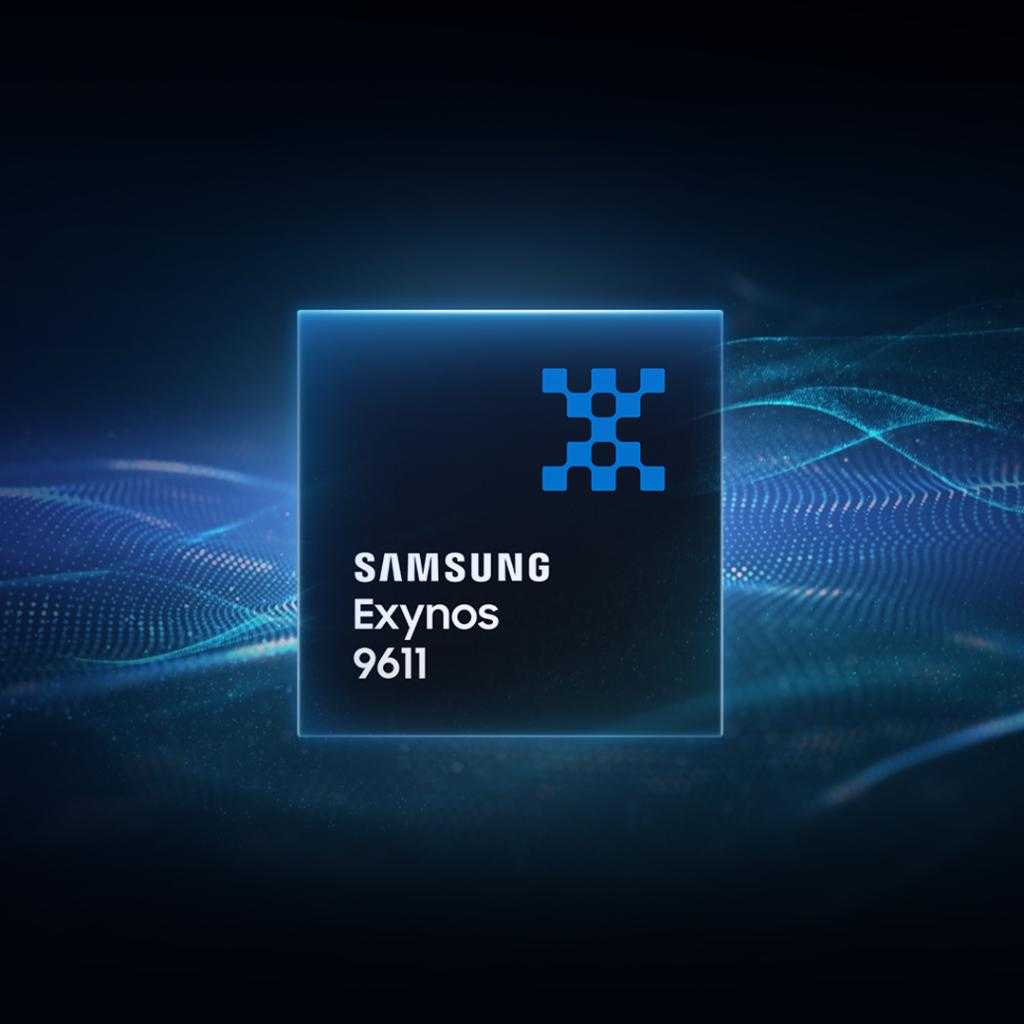
09-21: Samsung has officially announced a new chipset dubbed Exynos 9611; Bitcoin.com and HTC have announced the beginning of a long-term, mutually beneficial partnership; etc.
Chipsets
Samsung has officially announced a new chipset dubbed Exynos 9611, which is an upgrade of Exynos 9610. It is manufactured with 10nm process, and comes with 4 Cortex A73 cores with a maximum clock speed of 2.3GHz as well as 4 Cortex A53 cores clocked at 1.7GHz maximum, in a 64-bit octa-core arrangement. (Gizmo China, Samsung)
According to Credit Suisse, the most bullish forecast for 5G-related chip production to reach as high as 500M units in 2020. Credit Suisse views this forecast as a projection for maximum possible demand, given risks in yields and the launch of mass production, and not a realistic number. With that said, they see momentum for 5G smartphone production to exceed 200M units in 2020. (Credit Suisse report)
According to Guoyuan Securities, as compared to 4G to 5G, number of filters is increased from 40 to 70, frequency bands are increased from 15 to 30, the receiver transmitter filter is increased from 30 to 75, and the RF switch is increased from 10 to 30, carrier aggregation has increased from 5 to 200, and PA chip has increased from 5-7 to 16. The PA chip has a significant increase in stand-alone value: 2G (USD0.30), 3G (USD1.25), 4G (USD3.25), and 5G (USD7.50). (Guoyuan Securities report)
Touch Display
Samsung has patented a new type of smartphone display that is an extendable display that can slide up. The patent titled “Electronic Device Including Movable Flexible Display” envisions the extendable display would do more than offer up a taller screen though. The rear-facing cameras for instance would be hidden unless the display is slid up. (Android Headlines, 91Mobiles, WIPO, iFeng, IT Home)
According to CINNO research, the market size of OLED driver chips will reach CNY2.3B in 2020, and the market size of all OLED driver chips will reach CNY5.5B. The market for LCD driver chips is controlled by Samsung and Novatek. As the earliest enterprise to deploy image sensors in China, GalaxyCore‘s products also include LCD driver chips. The AMOLED driver chip market is occupied by Samsung and Magnachip with a 95% share. Mainland manufacturers include SinoWealth and GigaDisplay. (Guoyuan Securities report)
Camera
Credit Suisse forecasts multi-camera smartphone ratios of 65% in 2019 and 75% in 2020 (vs. 60% and 70% in their survey 3 months ago). Of these, Credit Suisse expects models with 3 or more cameras to account for 20% in 2019 and 30% in 2020 (20%, 27%). (Credit Suisse report)
Memory
For smartphones, Credit Suisse does not anticipate any DRAM density expansion driven by the switch to 5G. However, they do anticipate a switch to LP DDR5 (from today’s LP DDR4 technology) and the start of its adoption from 2020, beginning with Samsung Galaxy S11 (due for launch in spring 2020). Samsung is also slated to launch a 16GB model, but Credit Suisse believes volume will be limited as this is the flagship model. 8GB DRAM is already an ample specification, so they regard anything above this density as fueled by marketing. (Credit Suisse report)
According to Credit Suisse, demand for 256/512GB smartphone NAND is sluggish. This reflects the growing popularity of cloud storage, which is reducing the need for onboard storage. Most Chinese smartphone makers believe 128GB is sufficient storage for volume-zone (midrange) phones (some had targeted a shift to 256GB in 1H19 but have now backed off). Smartphone makers are predicating any use of 256GB on midrange models on prices being lowered to the 128GB level. This would require NAND makers to sacrifice their margins, but most are not in a position to do so. With smartphone storage volume thus looking sluggish, demand bit growth could be just 25% in 2020. (Credit Suisse report)
According to UBS, Korean memory makers remain cautious on the 2020 demand outlook for DRAM in particular. UBS expects Samsung to ramp down 30-35k wpm of DRAM capacity in Line 13 (conversion to CMOS sensors) in 2020, but in order to partly offset this, it may start production in 3Q20 in P2 (c. 20k wpm). SK Hynix will convert to CMOS sensors about 30-40k wpm of DRAM capacity in M10 into 2020. UBS estimates that Samsung’s base case is to reach close to 70k wpm NAND production by end 2020 for Xi’an X2. (UBS report)
Biometrics
Ultra-thin screen fingerprint recognition solution uses Wafer Level Optics (WLO) to replace the plastic lens (usually 2P or 3P scheme) in the existing under display fingerprint recognition solution, thus significantly reducing the thickness of the module. GF Securities expects global ultra-thin screen fingerprint phone shipments to be 0 / 94M units from 2019 to 2020, accounting for 0% / 7% of global smartphone shipments, respectively. (GF Securities report)
Phone
According to Sanford C Bernstein analysts Chris Lane and Samuel Chen, the latest, greatest wireless networks known as 5G promise to revolutionize industries from transportation to medicine. For mobile-phone users, 5G is, for now, a way to show off. They see no rational case for a consumer to upgrade to 5G. (Laoyaoba, My Drivers, iFeng, Bloomberg, Abacus News, Business Times)
Huawei consumer group CEO Richard Yu is confident that they can sell more than 20M with the Mate 30 series, even though the US ban has caused Google to revoke Huawei’s Android certification license to run Google apps. (GSM Arena, Android Authority, CNMO, igao7)
Honor president George Zhao has indicated that smartphone vendors have the responsibility and obligation to tell consumers whether their recently purchased 5G phones can use 5G in both “now and future, local and domestic roaming”. Many people have spent thousands of dollars to buy 5G phones, and finally can only use 4G services, which is suspected of deceiving consumers. (CN Beta, Laoyaoba, My Drivers)
Credit Suisse estimates that global smartphone production totaled 1,396M units (−5% YoY) in 2018, down from 1,464M (−5%) in 2017. Credit Suisse now forecasts 1,344M units (−4% YoY) in 2019, up from 1,332M (−5%) as of their Mar 2918 survey and 1,343M (−4%) as of their Jun 2019 survey. (Credit Suisse report)
Credit Suisse’s latest survey shows annual volume outlook for 2019 of 181M for Samsung Galaxy A series, 46M for the J series, 9M for the M series, and 5M for others. A breakdown of A-series production in 2019 by model shows the A10 series at over 50M, the A20 series at over 35M, the A50 series at just under 30M, the A30 series at 25M, with the lower-end A10–30 series accounting for roughly 60% of overall A series production. Conversely, the production outlook for the higher-end A70, A80, and A90 series is just around 30M in total. (Credit Suisse report)
According to Credit Suisse, Huawei’s planned 2019 production is at 230M-240M units after apparently dipping as low as around 210M between Jun and Sept 2019. Meanwhile, Xiaomi, OPPO, and vivo now plan to respectively produce 115M, 110M and 105M smartphones in 2019. Overall, Huawei is gaining share in the Chinese market, OPPO and vivo are targeting ASEAN markets to compensate for slower sales in China, and Xiaomi is targeting Europe to offset stagnant sales in the Chinese and Indian markets. (Credit Suisse report)
Augmented / Virtual Reality
According to CAICT, the global virtual reality market size will exceed CNY70B in 2018, a year-on-year increase of 126%. According to IDC’ss forecast, global VR/AR headset shipments will reach 8.9M units in 2019, up 54.1% year-on-year, and the VR/AR market will maintain strong growth. (Soochow Securities report)
The upstream hardware part of the AR industry supply chain mainly includes optical devices, display devices, chips, sensors, etc. The software includes data acquisition (environmental rendering, video capture, SLAM), data processing (3D rendering, rendering engine, etc.) and system platform (operating system, SDK). The hardware part of the mid-stream includes 3D sensing, processor modules, display modules, etc. The software part includes the development of functions such as motion capture, eye tracking and voice processing; downstream is mainly various AR terminal products and various AR technologies applied services. (Soochow Securities report)
Home
According to Huachuang Securities, China’s smart doorlock industry has formed a relatively clear industrial chain. The upstream mainly includes processors, biometrics, and communication companies. The midstream mainly includes traditional lock manufacturers, Internet lock manufacturers, home appliance electronics manufacturers, security giants, etc. The downstream mainly includes cloud platforms, smart home systems, channel vendors, and installation and after-sales companies. (Hua Chuang Securities report)
According to the IoT Connectivity Alliance (ICAO, the IoT Standards Alliance established by Alibaba’s IoT industry partners), the global market smart lock sales reached 11M units in 2016, of which Japan reached 1.5M units, South Korea reached 1.7M sets, Europe and the United States reached 2.5M sets, China reached 3.5M sets, and other markets have 2M sets. It is estimated that by 2020, the global smart lock industry will reach 51M sets. (Hua Chuang Securities report)
According to data from the National Lock Information Center, there are more than 2,000 smart door lock companies in China in 2018, an increase of 67% over the previous year. In terms of brands, ICA data shows that the 2017 national smart door lock brand has formed 3 major camps, professional brands are still the backbone of the industry, and Internet brands are more focused on apartment door locks. (Hua Chuang Securities report)
Fintech
Bitcoin.com, one of the world’s oldest and most established cryptocurrency innovators with over 4.5M wallet holders worldwide, and HTC have announced the beginning of a long-term, mutually beneficial partnership to drive innovation and adoption of crypto technologies. They have teamed up on HTC Exodus 1 smartphone to drive cryptocurrency trading and usage. (Bitcoin, Fox Business, VentureBeat, UDN, Techbang, TechNews)
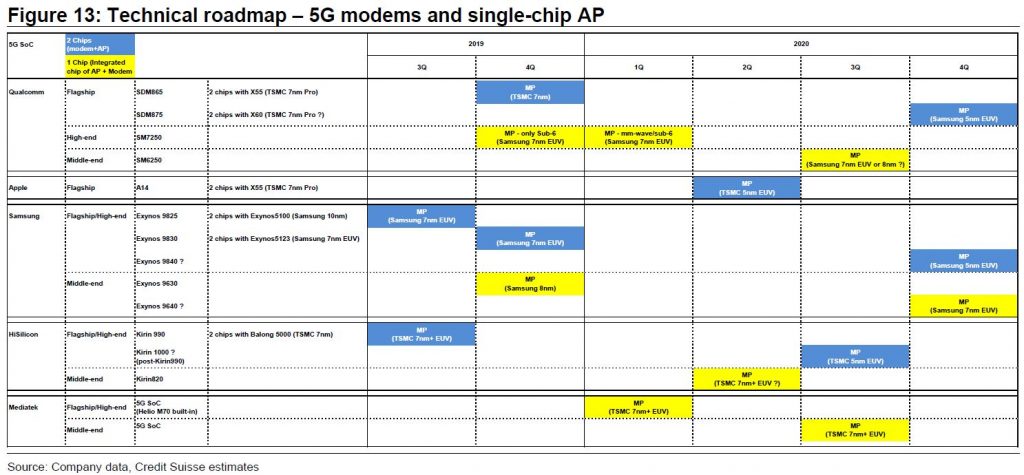
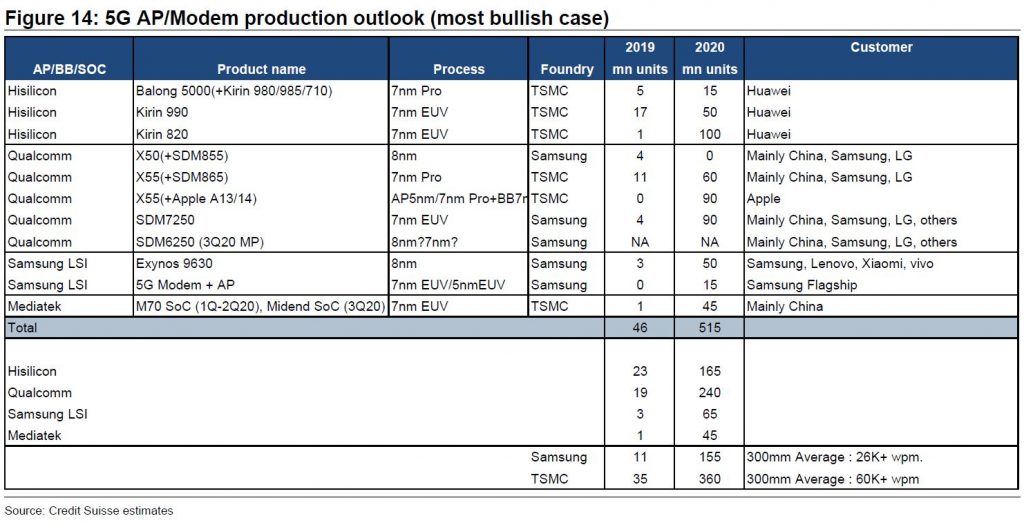

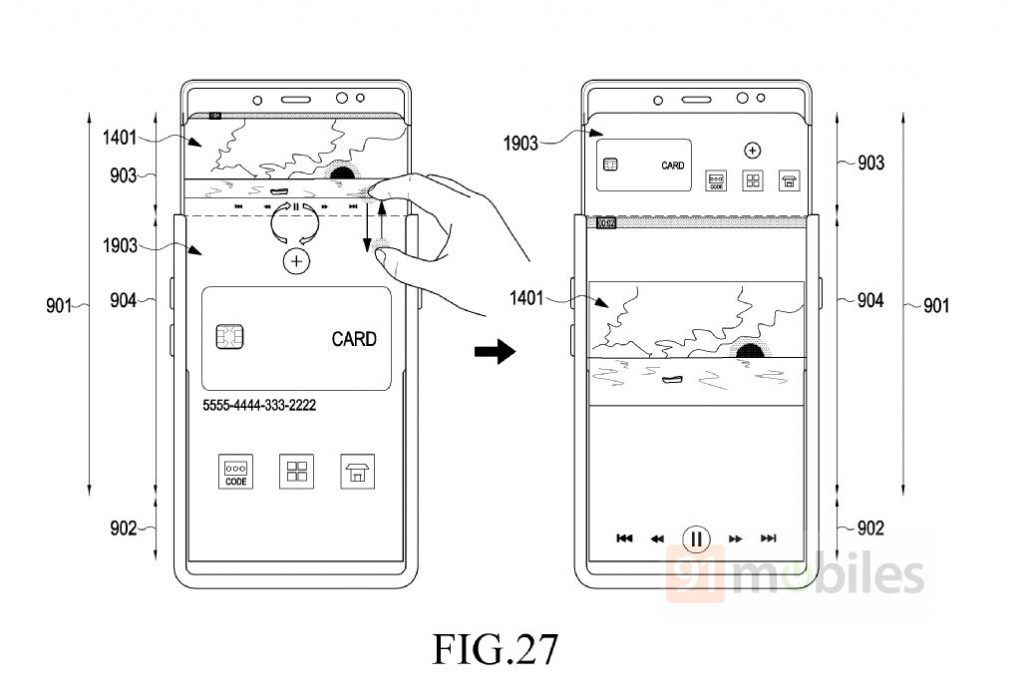
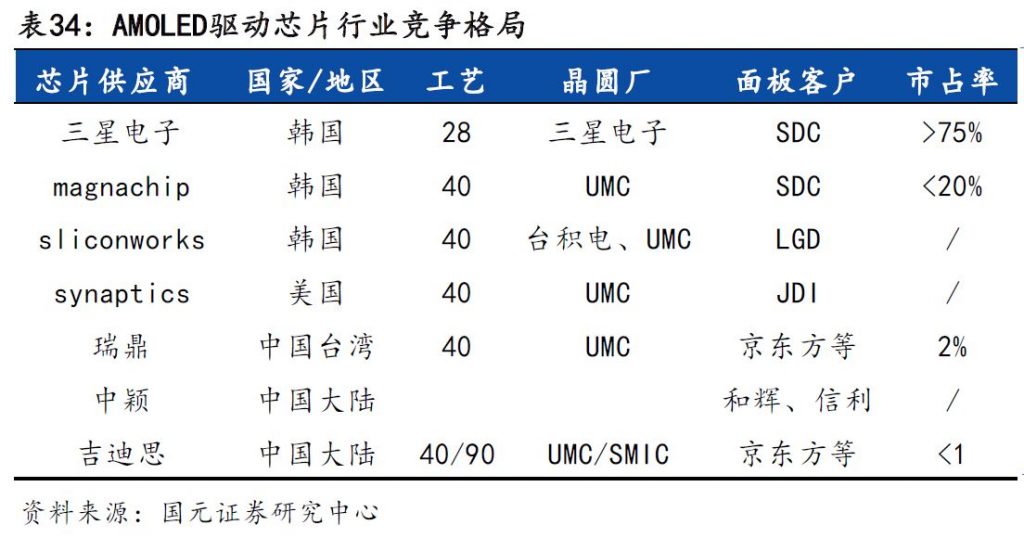
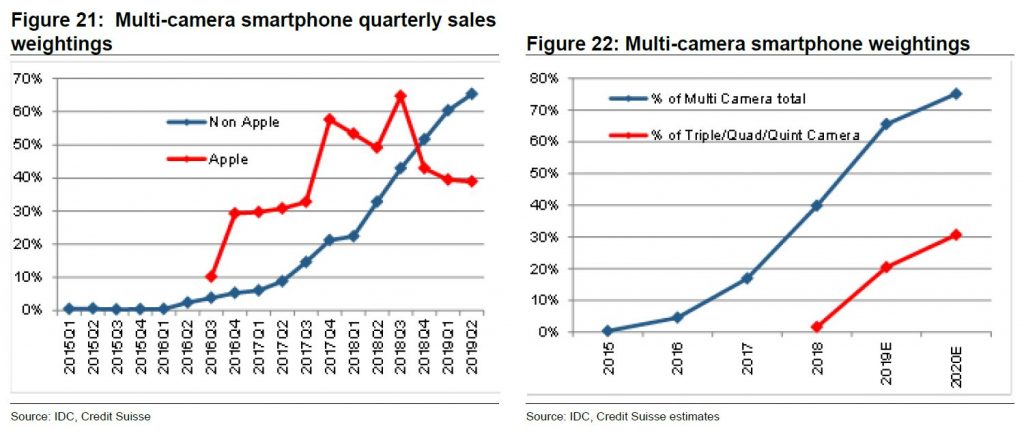
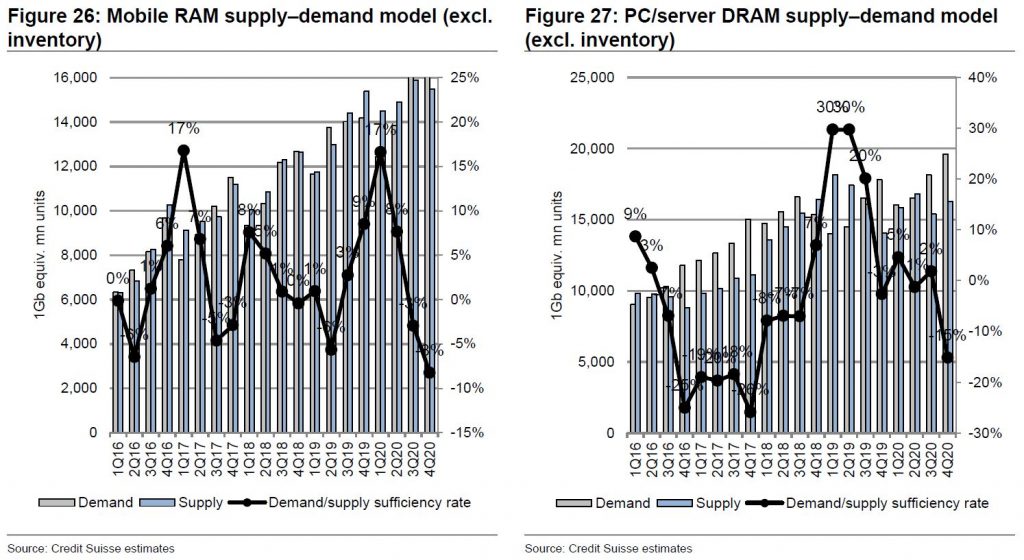
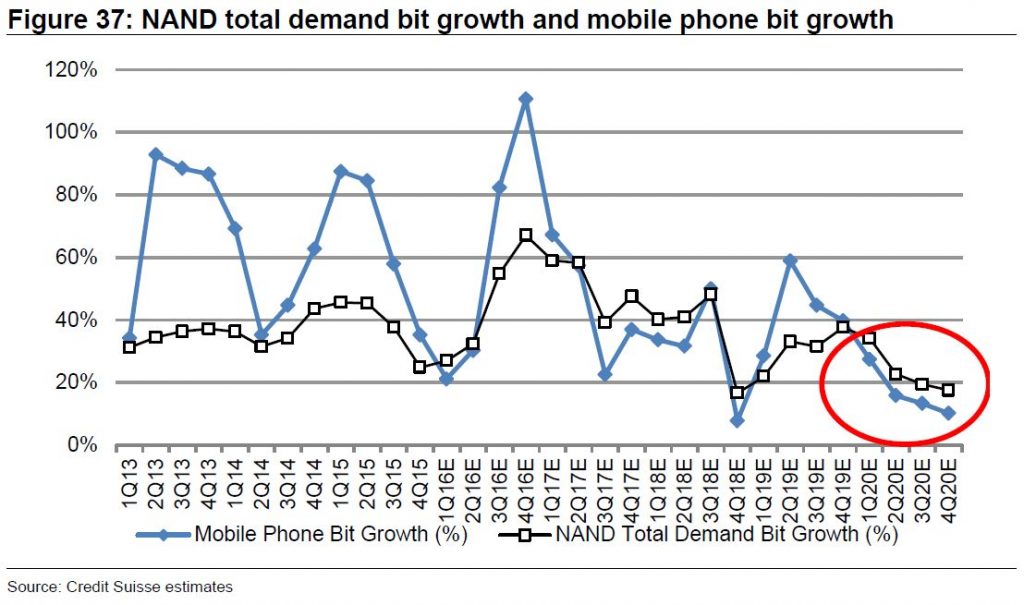
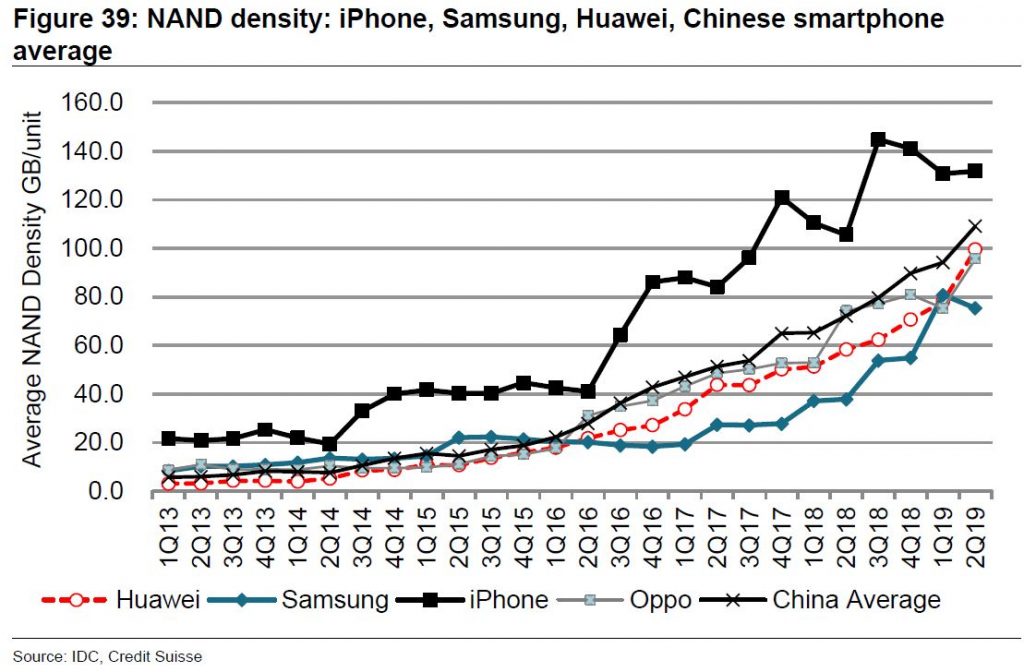



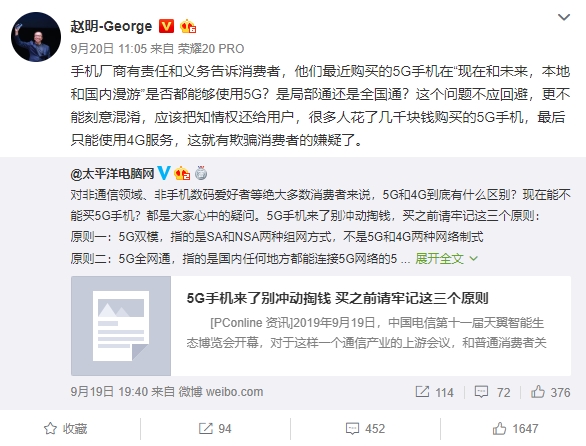
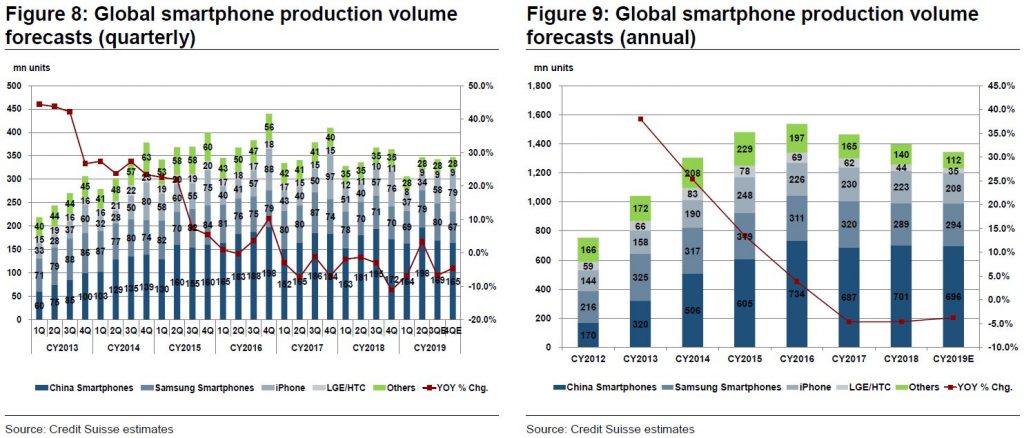
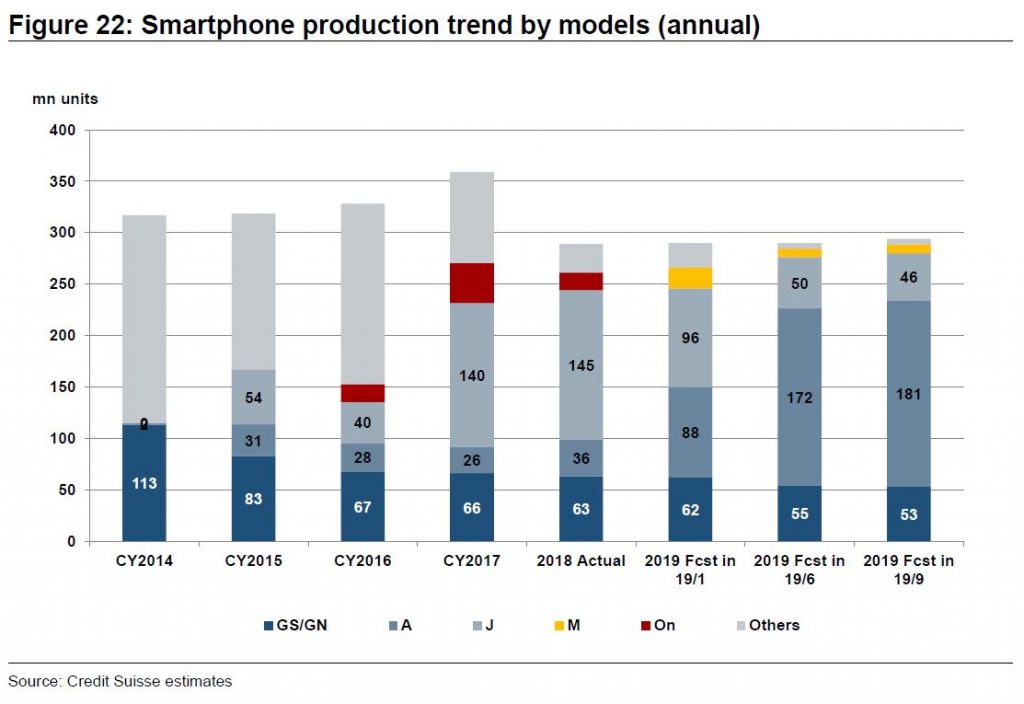
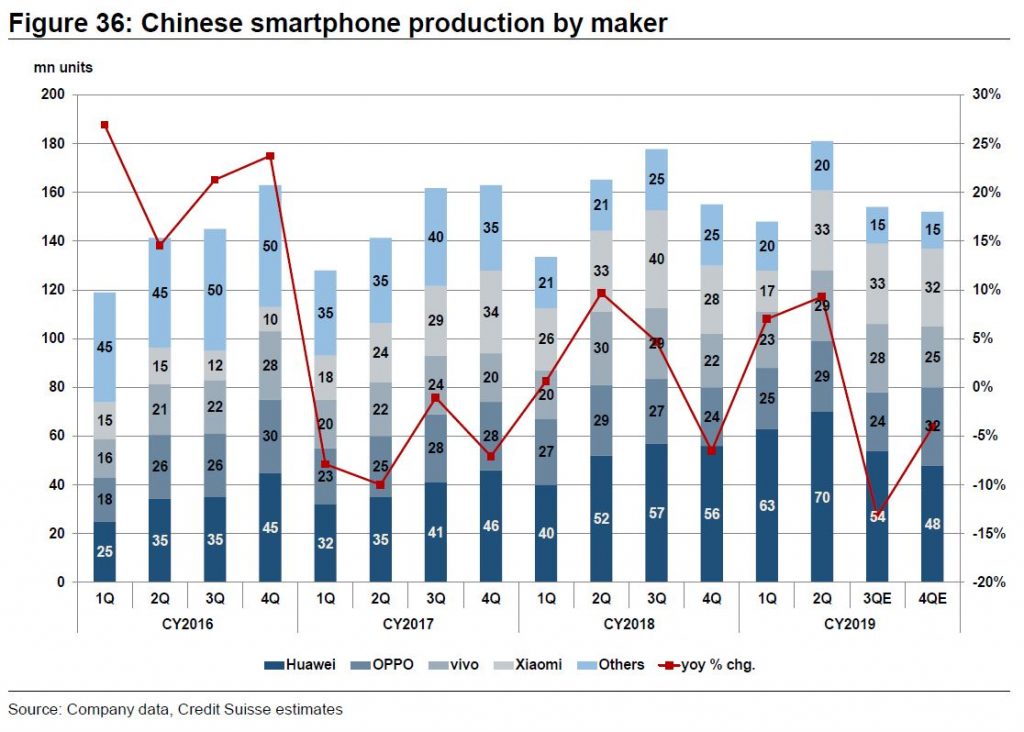
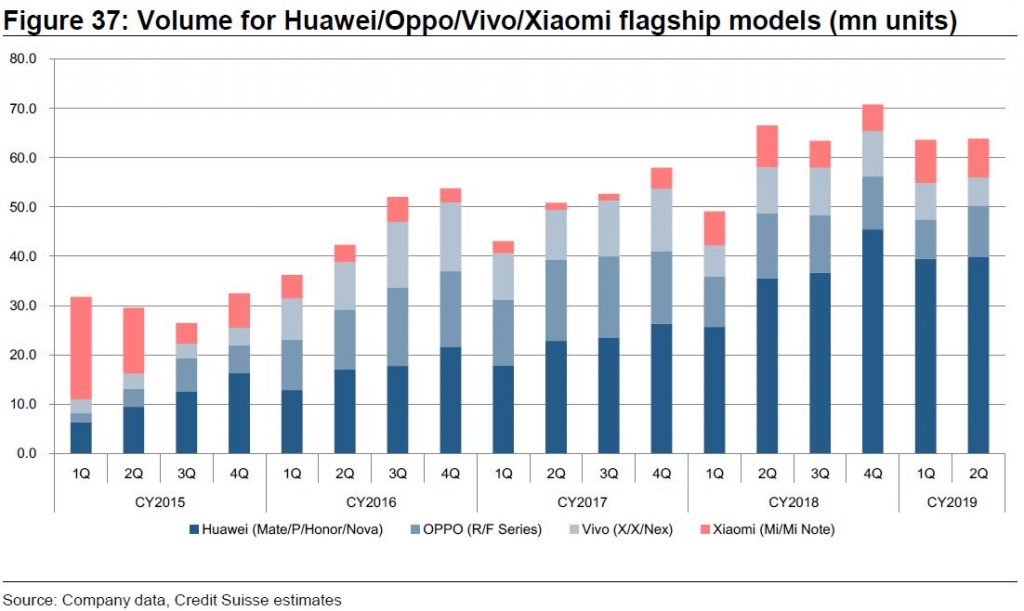
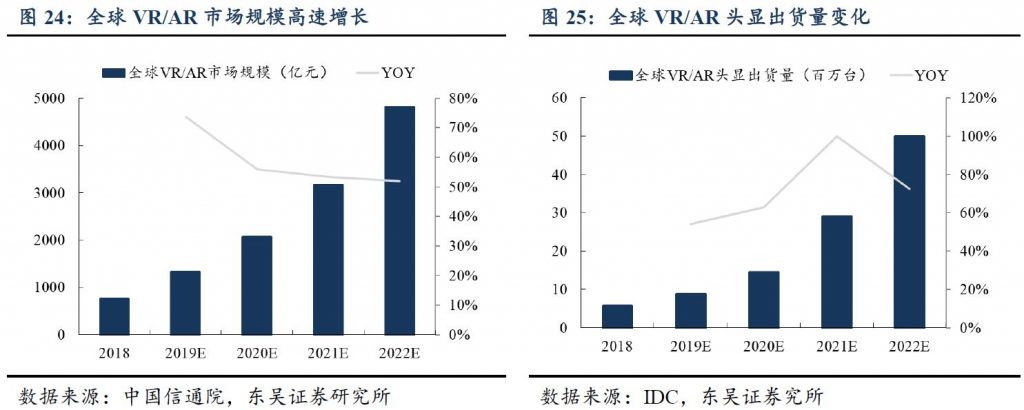
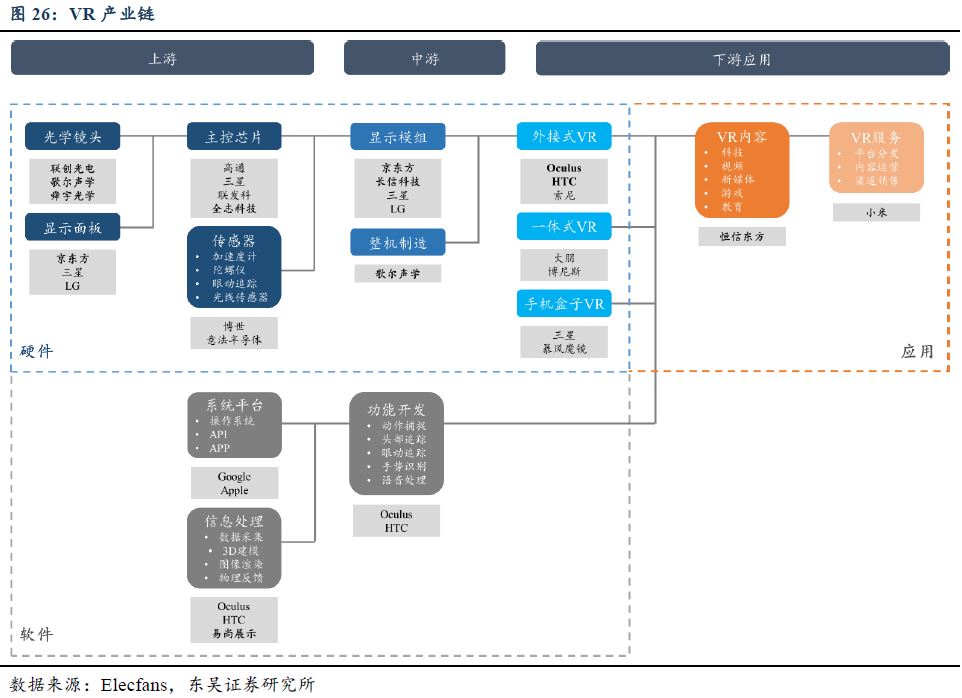
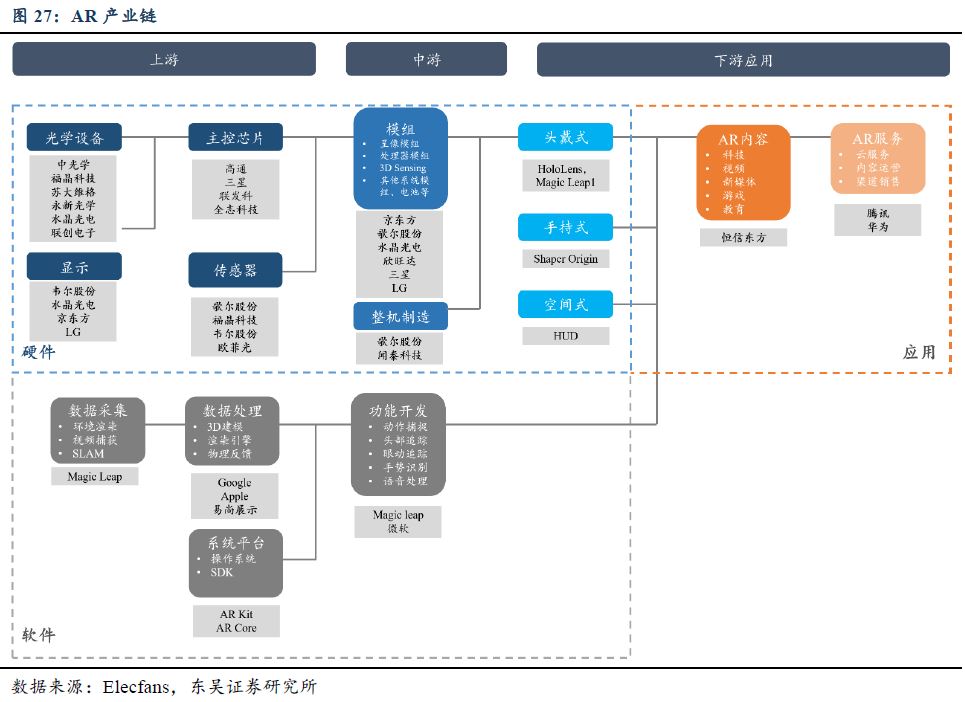

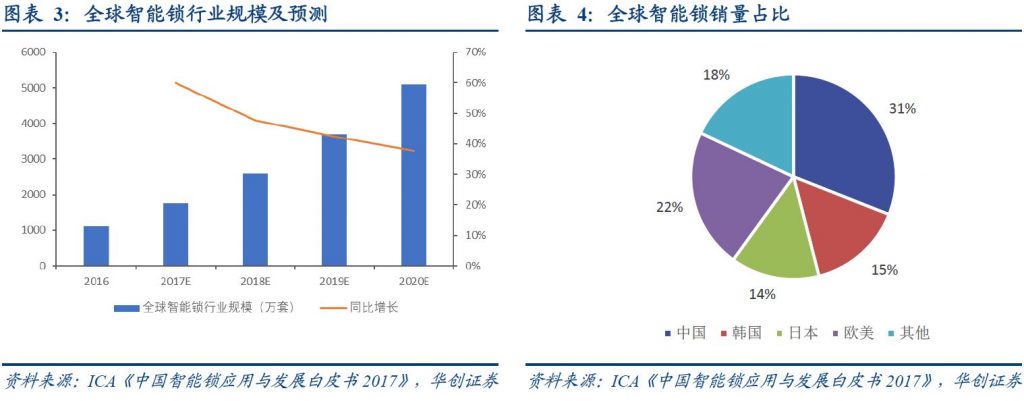
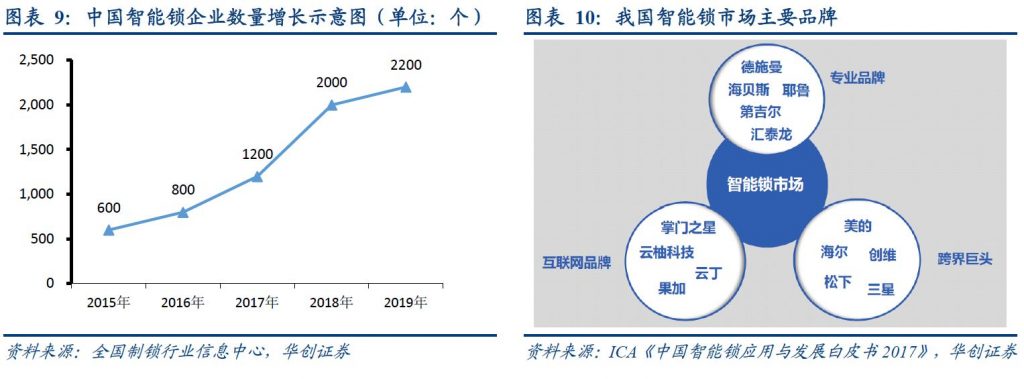
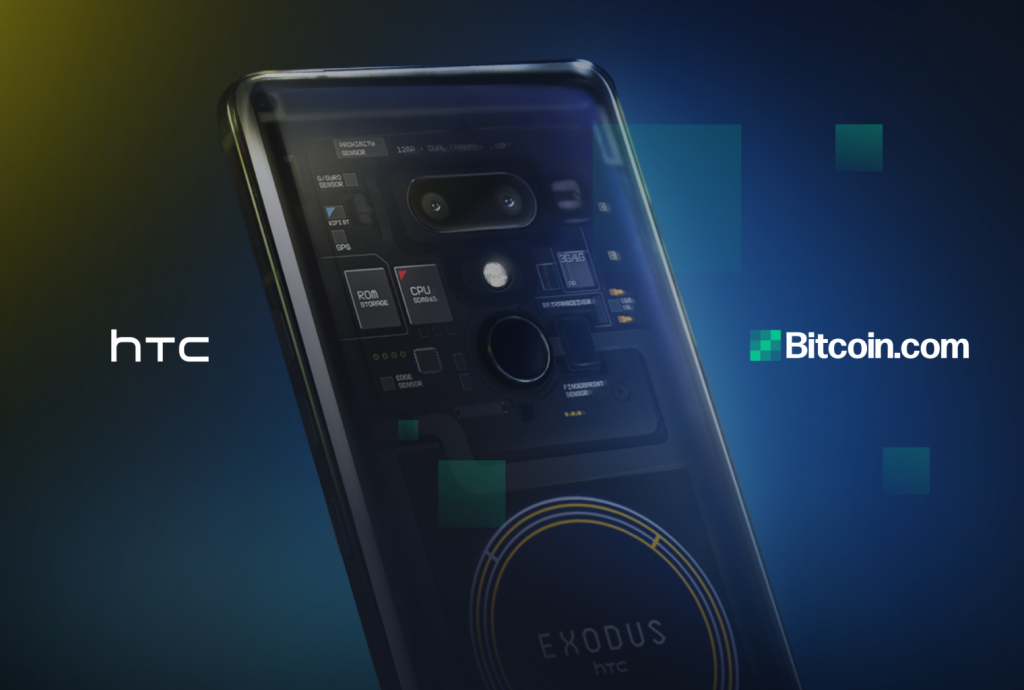
Pingback:WLO for Next Generation Under-Display Fingerprint Modules – Machine.Vision